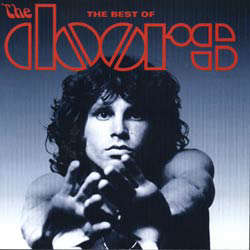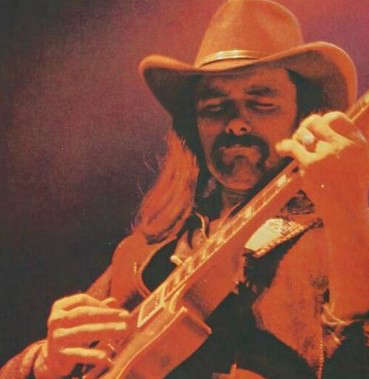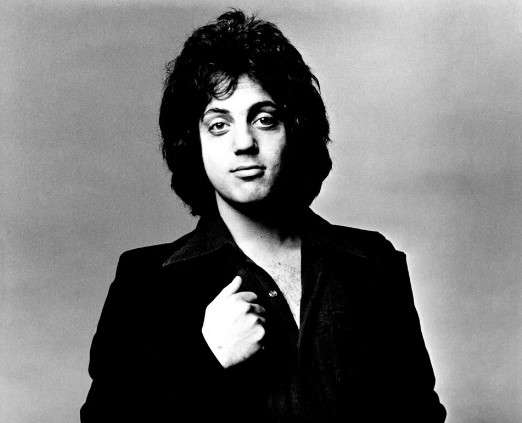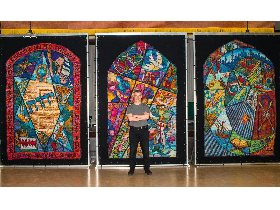
Jim Morrison’s long-lost cemetery sculpture resurfaces after nearly four decades.
In a discovery that has thrilled Doors fans and rock historians alike, the long-lost bronze bust of Jim Morrison—once perched above the singer’s grave at Père Lachaise Cemetery in Paris—has finally been recovered, more than 40 years after it was stolen.
Originally installed in 1981, the bust was the work of Croatian sculptor Mladen Mikulin, who created the piece as an unofficial tribute to Morrison, the iconic lead singer of The Doors. It quickly became a pilgrimage point for fans visiting Morrison’s modest grave, which had remained relatively unmarked since his death in 1971 at age 27. Mikulin’s work gave Morrison a physical presence once again—until it vanished in 1988 under mysterious circumstances.
This spring, Mikulin confirmed in a press release and follow-up interviews that the missing bust has been found intact. Though details remain limited due to legal sensitivities, the sculpture is now in safe hands and will eventually return to public view. Mikulin stated that the piece "reappeared through a private intermediary," and is currently undergoing conservation work.
The artist plans to donate the restored bust to the Paris cemetery or a local museum, though final arrangements are still being negotiated with French cultural authorities.
A Pilgrimage Site and a Mystery
Jim Morrison’s grave has long been one of the most visited—and vandalized—graves in the world. Tucked into a tree-shaded corner of Père Lachaise, the site draws thousands each year. Despite the cemetery’s prohibition against unauthorized memorials, Mikulin’s bust was quietly placed there by fans and, for a time, tolerated by cemetery staff due to its cultural significance.
When the bust disappeared, suspicion swirled. Some believed it was taken by an overzealous fan, others suggested scrap-metal thieves. The mystery remained unsolved, and the site was eventually left bare, apart from a simple headstone added by Morrison’s family in the early 1990s.
According to Mikulin, the recovery of the bust came about through “persistent inquiries and the goodwill of collectors.” While he declined to name the individual who had possession of the sculpture, Mikulin emphasized that the person “recognized its historic value and wanted to see it returned to where it belongs.”
More Than Just a Sculpture
For many, the bust is more than a statue—it’s a symbol of artistic rebellion and enduring fan devotion. “It gave Morrison a presence,” said Ray Manzarek in a 2002 interview, years before his death. “People could look into his face and feel like they were standing with him.”
Morrison, known for his poetic lyrics and fiery stage presence, remains a towering figure in rock history. His Paris grave has become a countercultural touchstone, often adorned with flowers, candles, graffiti, and notes from admirers.
The theft of the bust in 1988 was a blow to many fans, and its return now offers a sense of closure. “It’s poetic justice,” said French music journalist Élodie Valette. “Jim Morrison never wanted a traditional monument, but this bust was created by someone who believed in his legacy. The fact that it’s coming back speaks to the strength of that legacy.”
What Happens Next
Mikulin has stated he will travel to Paris later this year to meet with Père Lachaise officials and the French Ministry of Culture. The goal is to reinstall the bust legally and permanently, with protections to prevent future vandalism or theft. There’s even discussion of a small exhibit dedicated to the history of the site and the sculpture.
In the meantime, fans can expect renewed interest in Morrison’s final resting place. With the bust’s recovery, a piece of rock history has returned from the shadows.
Jim Morrison Bust Timeline: From Tribute to Recovery
1971
Jim Morrison dies in Paris at age 27.
He is buried in Père Lachaise Cemetery with a simple marker and little fanfare.
1981
Croatian sculptor Mladen Mikulin installs a bronze bust of Morrison at the grave.
Unofficial and self-funded, the sculpture quickly becomes a focal point for visiting fans.
1988
The bust is stolen under mysterious circumstances.
No suspects are named, and the cemetery declines to replace it.
Early 1990s
Morrison’s family installs a flat headstone with a Greek inscription:
"Κατά τον δαίμονα εαυτού" — "True to his own spirit."
2000s–2020s
The bust is believed lost forever.
Cemetery staff discourage unauthorized tributes due to persistent vandalism.
March 2025
Mikulin announces the bust has been found.
Recovered through a private intermediary and confirmed to be the original.
May 2025
Plans for public restoration and potential reinstallation are underway.
Mikulin works with French officials to return the bust to Paris, legally and permanently.
Sources:
- Rolling Stone
- Associated Press
- Mladen Mikulin Press Statement
- Le Monde



 New Music Monday: From Indie-Soul Introspection to Stadium Rock Power Ballads
New Music Monday: From Indie-Soul Introspection to Stadium Rock Power Ballads
 Dickey Betts: The Fiery Rise of a Southern Rock Architect
Dickey Betts: The Fiery Rise of a Southern Rock Architect
 Hawksley Workman’s Odd Christmas Songs Are a Homage to Huntsville Roots and Holiday Messiness
Hawksley Workman’s Odd Christmas Songs Are a Homage to Huntsville Roots and Holiday Messiness
 Billy Joel's Historical Anthem "We Didn't Start the Fire" Hit The Charts On This Day
Billy Joel's Historical Anthem "We Didn't Start the Fire" Hit The Charts On This Day













Comments
Add a comment